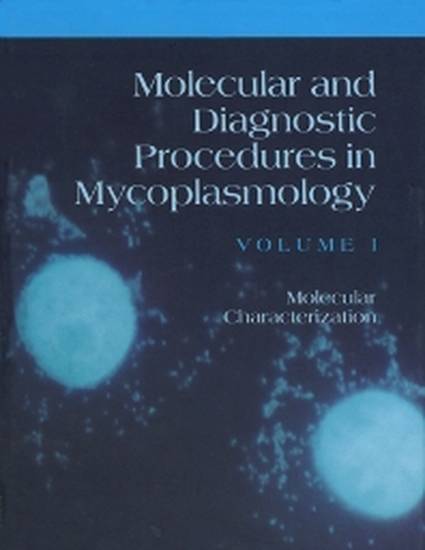
Contribution to Book
Artificial Transformation of Mollicutes via Polyethylene Glycol- and Electroporation-Mediated Methods
Molecular and Diagnostic Procedures in Mycoplasmology
(1995)
Abstract
Currently, there is no general method for transformation of mycoplasmas. Artificial transformation of a few species has been described using methods based on either polyethylene glycol (PEG) or electroporation. For PEG-mediated transformation, the methods are similar to protocols originally developed for transformation of Bacillus subtilis protoplasts (Chang and Cohen, 1979). The principle behind electroporation is the use of high-voltage electric field pulses to transiently disrupt the cell membrane allowing for the uptake of exogenous DNA. This technique has proven to be useful in the transformation of both prokaryotes and eukaryotes (Shigekawa and Dower, 1988). The method of choice for transformation of mycoplasmas, PEG-mediated versus electroporation, depends on the species in question and on the nature of the DNA molecule to be used.
Disciplines
Publication Date
1995
Editor
Shmuel Razin and Josephe G. Tully
ISBN
978-0-12-583805-4
DOI
10.1016/B978-012583805-4/50018-2
Citation Information
Kevin Dybvig, Gail E. Gasparich and Kendall W. King. "Artificial Transformation of Mollicutes via Polyethylene Glycol- and Electroporation-Mediated Methods" Molecular and Diagnostic Procedures in Mycoplasmology (1995) p. 179 - 184 Available at: http://works.bepress.com/gail-gasparich/48/
